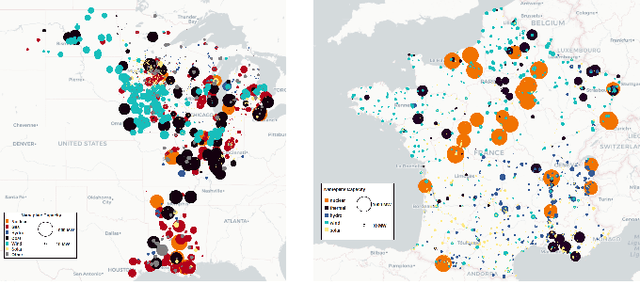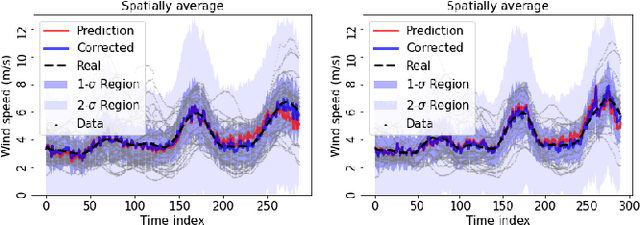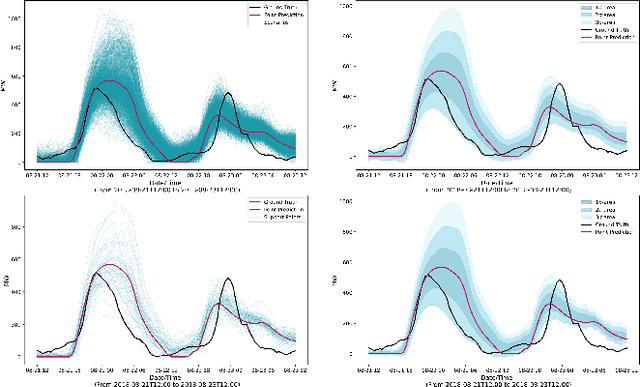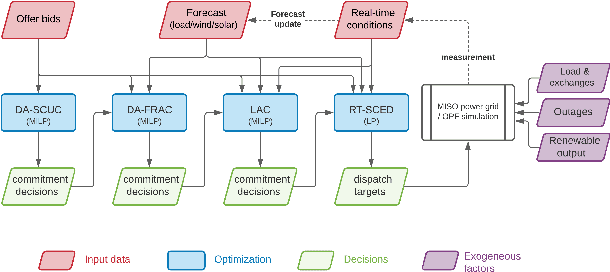Dahye Han
Confidence-Aware Graph Neural Networks for Learning Reliability Assessment Commitments
Nov 28, 2022



Abstract:Reliability Assessment Commitment (RAC) Optimization is increasingly important in grid operations due to larger shares of renewable generations in the generation mix and increased prediction errors. Independent System Operators (ISOs) also aim at using finer time granularities, longer time horizons, and possibly stochastic formulations for additional economic and reliability benefits. The goal of this paper is to address the computational challenges arising in extending the scope of RAC formulations. It presents RACLEARN that (1) uses Graph Neural Networks (GNN) to predict generator commitments and active line constraints, (2) associates a confidence value to each commitment prediction, (3) selects a subset of the high-confidence predictions, which are (4) repaired for feasibility, and (5) seeds a state-of-the-art optimization algorithm with the feasible predictions and the active constraints. Experimental results on exact RAC formulations used by the Midcontinent Independent System Operator (MISO) and an actual transmission network (8965 transmission lines, 6708 buses, 1890 generators, and 6262 load units) show that the RACLEARN framework can speed up RAC optimization by factors ranging from 2 to 4 with negligible loss in solution quality.
Risk-Aware Control and Optimization for High-Renewable Power Grids
Apr 02, 2022



Abstract:The transition of the electrical power grid from fossil fuels to renewable sources of energy raises fundamental challenges to the market-clearing algorithms that drive its operations. Indeed, the increased stochasticity in load and the volatility of renewable energy sources have led to significant increases in prediction errors, affecting the reliability and efficiency of existing deterministic optimization models. The RAMC project was initiated to investigate how to move from this deterministic setting into a risk-aware framework where uncertainty is quantified explicitly and incorporated in the market-clearing optimizations. Risk-aware market-clearing raises challenges on its own, primarily from a computational standpoint. This paper reviews how RAMC approaches risk-aware market clearing and presents some of its innovations in uncertainty quantification, optimization, and machine learning. Experimental results on real networks are presented.
 Add to Chrome
Add to Chrome Add to Firefox
Add to Firefox Add to Edge
Add to Edge